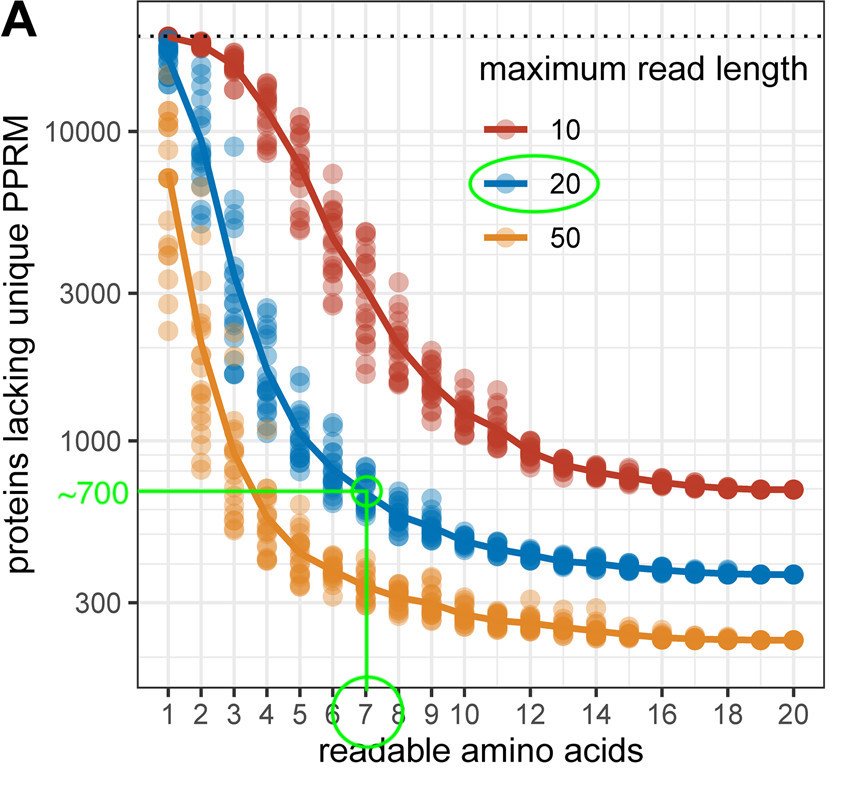The spread of the #coronavirus highlights the need for more proactive approaches to securing the world's blood supply.
Pathogens can spread quickly through blood transfusions. Blood centers may also turn away potentially infected donors, leading to systemic blood shortages.
Pathogens can spread quickly through blood transfusions. Blood centers may also turn away potentially infected donors, leading to systemic blood shortages.
Despite how quickly we're learning about the virus's genetics, it takes time to develop/license a test to ensure transfusion safety.
#Pathogen inactivation (PI) is a way to actively eliminate infectious agents, even if we don't fully understand them.
ncbi.nlm.nih.gov/pubmed/29239484
#Pathogen inactivation (PI) is a way to actively eliminate infectious agents, even if we don't fully understand them.
ncbi.nlm.nih.gov/pubmed/29239484
As the globe becomes more interconnected (and warms), PI might be the best way to ensure blood safety in the face of new, emerging pathogens.
• • •
Missing some Tweet in this thread? You can try to
force a refresh








